

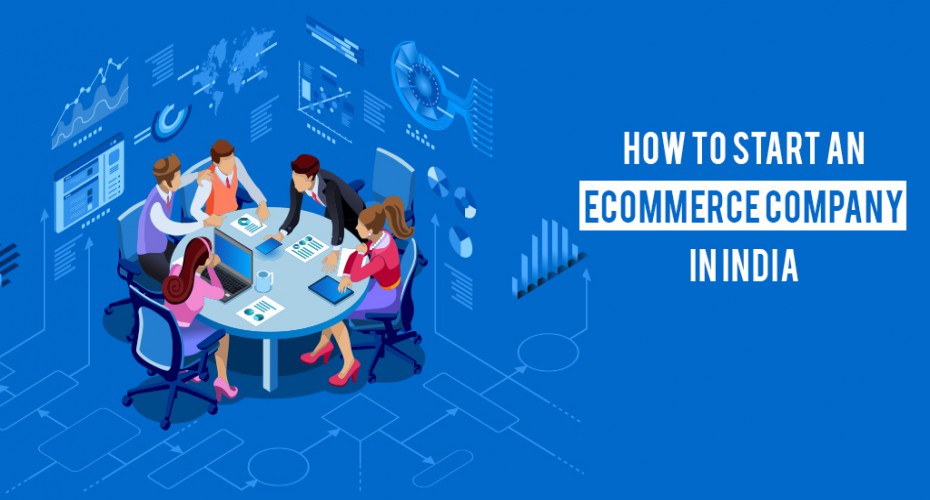
Bill Gates once said: “If your business is not on the internet, then your business will be out of business.”
The ecommerce industry is ushering in the next wave of change for the Indian economy and if you’ve been thinking about venturing a foot into its world of infinite profits, then the clock is ticking...the time is ripe to start your own ecommerce business in India.
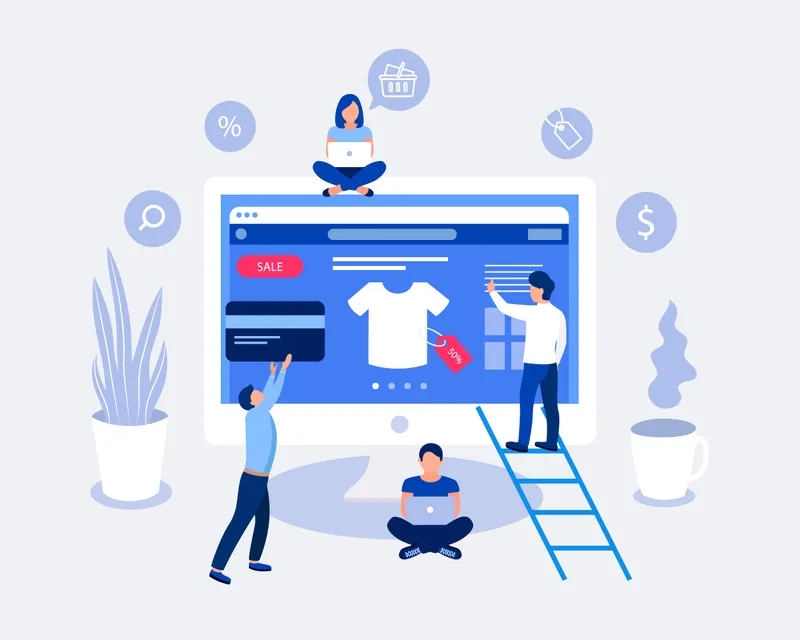
“We were not thinking about numbers then, but we knew something big can be built out of ecommerce,” Binny and Sachin Bansal, co-founders of Flipkart, had once said.
Still not convinced? Let’s take a look at the numbers to make a stronger case.
According to the Economic Survey of 2017-2018, the ecommerce market in India was estimated at the $33 billion - a full 19.1 percent growth rate since 2016-2017!
What’s more, the Nasscom Strategic Review of 2018 estimated the ecommerce market at $33 billion in 2017-2018 and claimed that it reached $38.5 billion, indicating a commendable growth rate of about 17 percent in the financial year 2018-2019, The Business Standard reported.
These numbers are the encouragement you need to start your own ecommerce business in India. Keep at it, and who knows? Maybe you could build the next ‘Alibaba’.
After all, as Jack Ma puts it - all it takes to create a successful ecommerce business - is a great vision. “My dream was to set up my own ecommerce company. In 1999, I gathered 18 people in my apartment and spoke to them for two hours about my vision. Everyone put their money on the table, and that got us $60,000 to start Alibaba. I wanted to have a global company, so I chose a global name,” he said.
So, are you ready? Here’s a step-by-step guide on how to start your own ecommerce business in India.

first thing you have to do is to think long and hard about narrowing down on the perfect ecommerce business plan and ecommerce business model.
There are two types of business models that you can opt for. You can go with either a single vendor or a multi-vendor ecommerce store.
To this end, you can choose either a single product line or have multiple product lines based on the budget you have set for yourself for your ecommerce business.-vendor marketplace
The advantage of going for this type of an ecommerce business model is that it only involves two entities - a single seller who is selling his or her product to multiple customers. To this end, it is not only easier to keep track of the transactions between the two entities, administrative costs are lower when you have to pay just one supplier, and you also have more control over the inventory at hand.
This kind of model calls for multiple vendors to sell their products to multiple customers, with the vendors all being required to be registered with your site.
The advantages of following this kind of an ecommerce business model is that it gives you security in terms of making a sale - for instance, if one of your suppliers is unavailable to sell his or her products for whatever reason, you have others to fall back on. This not only helps you deal with demand fluctuations but also helps prevent a disruption in the supply process.
It is important to note here, that within this as well, you can choose to either sell a unique product yourself - either through your own online business or a similar platform or can choose to allow other sellers sell their products on your store.
In the first situation, you could earn high margins. In the second, you will earn a commission, every time one of the sellers registered with your brand makes a successful sale.
Once you’ve decided on which business model you wish to follow in order to build your ecommerce business and have narrowed down on the product or products you wish to sell, as well as the target audience you wish to sell to - the next step is to come up with the perfect name for your brand.

Now, you may be thinking - “What’s in a name?”
Tim Ferriss has the answer: “Personal branding is about managing your name—even if you don’t own a business—in a world of misinformation, disinformation, and semi-permanent Google records. Going on a date? Chances are that your “blind” date has Googled your name. Going to a job interview? Ditto.”
Your brand name should be:
Along with this, you should also come up with a finalised design for your company logo.
Once you have decided on a name for your brand and its logo, the next step is in forming your company. In India, there are usually four popular kinds of companies:
The kind of formation you wish to go with is, of course, depending on whether you wish to run the company independently, or want to bring in more partners. This is important because if you’ve opted for a corporate or partnership-based structure, then you are expected to file tax returns and have a tax ID number. Online businesses of this model require an Employer Identification Number (EIN) to open a business bank account so that business taxes can be filed in the next financial year. EIN is a unique number that identifies your business.
If you have, however, opted for the sole proprietor model, then you need not have a tax ID number. You can use your allotted Social Security number instead.

Now comes one of the most crucial parts of starting your ecommerce business in India - registering and completing all the legal formalities for the same.
Once your company is officially registered under the Act, you will need to open up a bank account for the same. The account can be opened with any bank but has to be opened in the official name of the company.
If you have chosen the proprietorship model for your online business, you need to obtain GST registration, which will then allow you to open up a bank account in the name of your online business.
In this case, once your bank account is ready, you can list the products you will sell on your ecommerce website, to obtain and then operate a payment gateway.
While setting up your website, you could either choose a pre-built platform or make it from scratch. Both have distinct advantages, though building a website from scratch is usually the more favoured option.
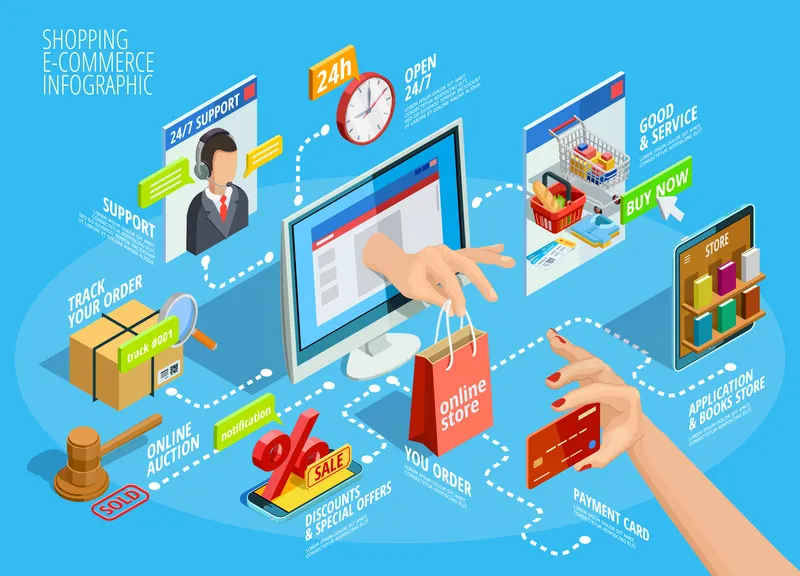
The advantage of using a pre-built platform like Wordpress and Wix is that they offer you readymade templates - designed according to the kind of online business you wish to run.
For instance, if your online business is to do with fashion, then the template will be one which is colourful, has appropriate space for a lot of visual content, including a page to place shipping orders.
You will not have to waste time and resources on building this website from scratch, rather you can just play around with the ready-made template to make it more apt for the design you had in mind, and add in all the information.
However, many often vouch for the custom-made platform option, since you can visualise and design your whole website - exactly the way you’d imagined it in your mind.
WooCommerce, Magento, Shopify, Zepo and KartRocket are some of the favoured options for those looking to create websites for their ecommerce business.
Now, you have to keep in mind that it is your website which represents your whole brand visually - the frontrunner to the entire online business. Hence, no amount of detail is too little - from the colour to the font and images - everything should tell a small part of the story to your brand.
As author Paul Cookson put it: “Websites promote you 24/7...No employee will do that.”
To this end, there are a few things you need to consider while launching your company’s official website:
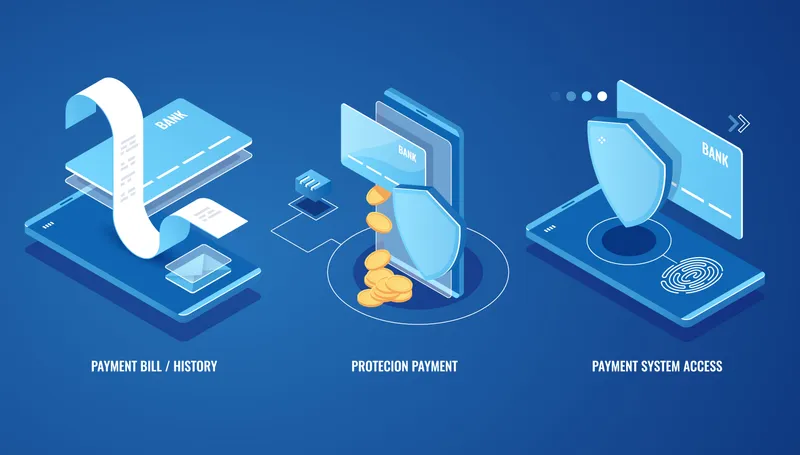
You need to set up payment gateways for your online business to become profitable, as it will allow the processing of credit cards, debit cards, net banking, and cash card transactions through the ecommerce website.
In order to be granted a payment gateway for your ecommerce business, you need to submit the following documents:
Once you have submitted all these documents, you will be provided with a payment gateway for your online business, using which you can enable your online payments.
Some of the popular payment gateways are PayPal, PayU and RazorPay.
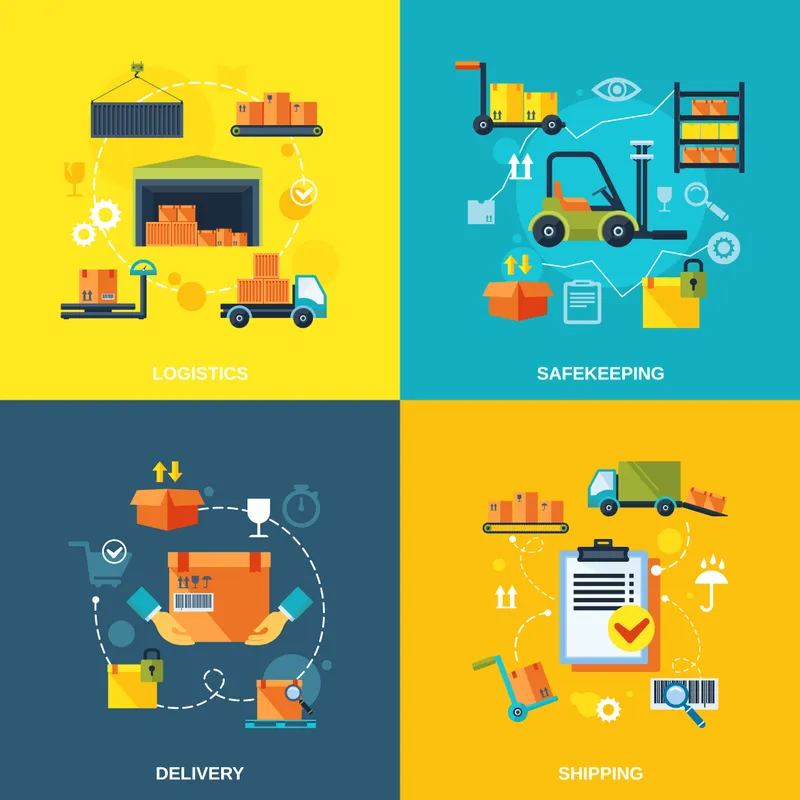
This step is essential to carrying out a successful ecommerce business in India. Logistics refers to the process of shipping an order to a customer or transporting an inventory to a merchant. This process also keeps track of the shipped goods which are in transit, until they are delivered to the customer in question.
To this end, logistics management involves the practice of locating and identifying distributor companies, to collaborate with. Most owners of ecommerce businesses prefer to outsource their logistics to a third-party company working in transport and storage.
Figuring out the logistics is crucial for your ecommerce business since it means that you now have an effective and steady-fast way to keep track of the products being delivered- at every step. This will help in preventing products from going missing and help you respond to customer queries regarding the expected delivery, successfully.
Here’s explaining the logistics process further.
As Joel Anderson, the former CEO of Walmart once said: “You can’t just open a website and expect people to flood in. If you really want to succeed you have to create traffic.”

Search engine optimisation (SEO) marketing strategy is the way of the world currently and will continue to rule the future of smart marketing.
Grabbing the attention of potential online customers is paramount for the success of your ecommerce business. This is where SEO strategies come in. SEO helps put you on the search engine map. And with 44 percent of online shoppers beginning their search with a search engine, you need to be on their radar.
According to reports, about 700,000 Google searches are performed in the span of one minute. To make sure that you show up in these searches, you need to come up with a targeted keyword list. There are different kinds of keywords that you need to use to make your online business show up in the search engines. One kind are the keywords that are between 0-26 characters, usually called ‘head terms’. The other, are those that are between 26-40 characters, which are usually more specific.
Tools like Google Keyword Planner, Google AutoSuggest, Keywordtool.io, Keyword Dominator and SEMrush will help you track down on keywords that will help your content show up the most on search engine platforms.
Advertisements are another route you need to go to grab the customer eyeball. You can opt for the ‘paid ad’ option on platforms like Facebook and Instagram and pay a certain amount of money, for these platforms to promote your advertisement on users’ daily feeds. Once these users click on the ad and are directed to your website, it is your job to convert them into a potential customer.
While this isn’t the most practical thing to offer at the initial stages of starting your ecommerce business, sales and promotions sell like hot cakes with online customers in India. You could publicise posts and bulletins regarding these sales, on social media.
Retargeting is a process where a cookie is placed on the computers of those who have visited your site once but have exited without purchasing anything. Once the cookie is placed and when these online users visit another website that shows advertisements from the retargeting network, your ad will then be shown to them. While this is an expensive route to undertake, it usually brings in positive results.
If you don’t have that many resources to invest in expensive routes like advertising, when you’re starting out, then you can always turn to the oldest practice of making sure that business is being spoken about - word of mouth.
Ask your customers to recommend your brand to their friends and families. You could also tie-up with professional bloggers and ask them to write and review your brand so that their reviews can secure more traction to your website.
There are several other similar routes you can try as well, and with the constantly changing nature of the Indian ecommerce market and the rising dominance of social media - you will always find a way to communicate with potential customers - who are the make-or-break deciding factors to your online business.
To sum up, starting an ecommerce business in India, especially right now, is a great idea, considering that the market for it is blooming. But a word of caution - brace yourself for it isn’t going to be all rainbows and butterflies.
You may face hurdles when it comes to trying to register and legalise your online business. And once you fight that and do get the business recognised, you will face a fair share of competition, from people like you who are looking to become the next Jeff Bezos. But, you don’t need to be Jeff Bezos. All you need is your own vision, a near-foolproof plan on how to execute this vision, and the patience and discipline to see it through till the end.
The ecommerce world in India is your well of infinite possibilities at this moment. So, jump right in.Updated
We believe that its very light version & Simple, Creative & Flexible Design with Standards
Mukesh Prabhakar Patil